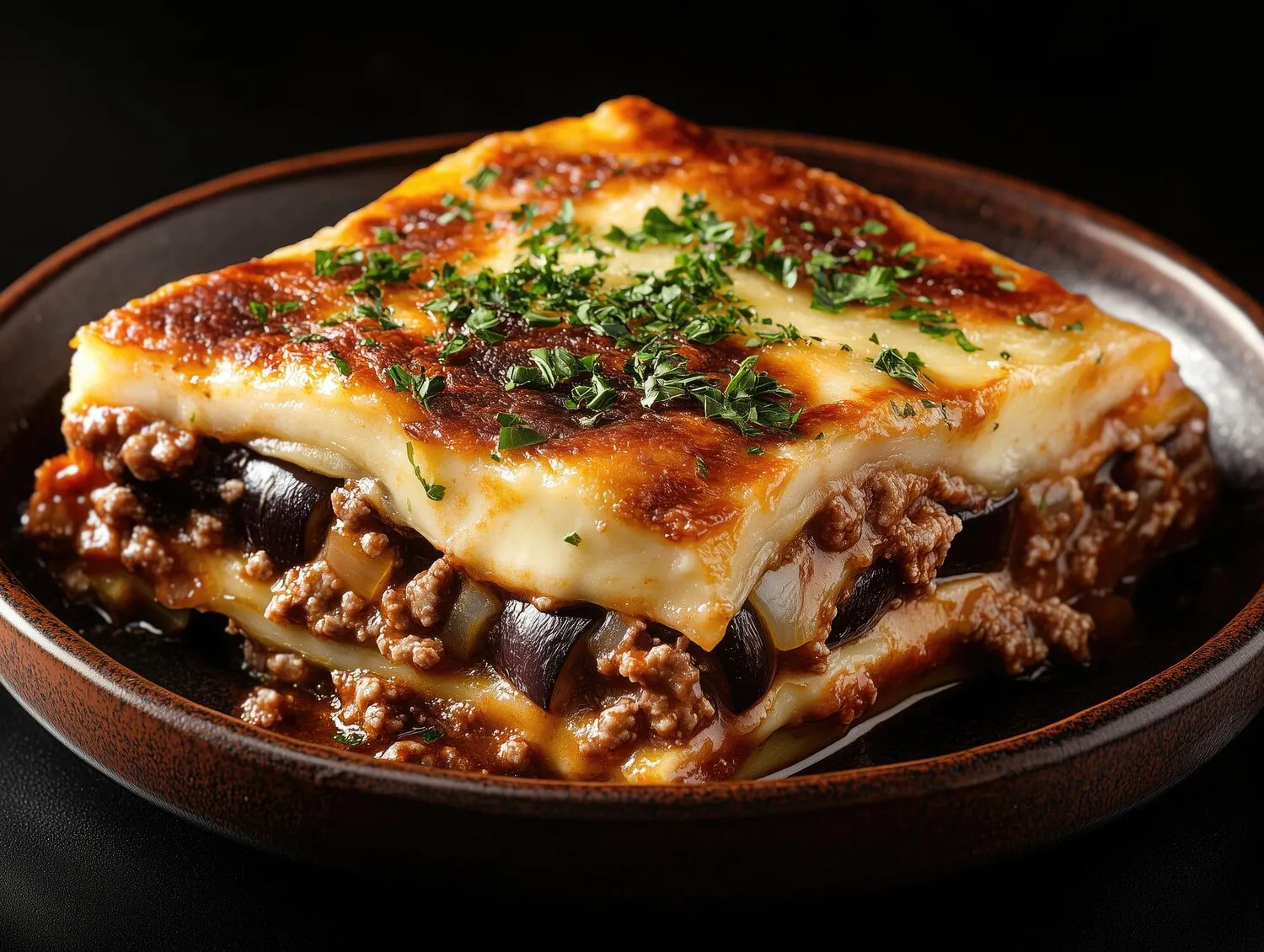
Naan
Freshly baked Afghan bread.
Nutrition Facts
* The % Daily Value (DV) tells you how much a nutrient in a serving of food contributes to a daily diet. 2,000 calories a day is used for general nutrition advice.
Naan, a flatbread cooked in a tandoor oven, has roots stretching back to ancient Persia. Its spread across Central and South Asia is linked to the expansion of Persian influence and later, the Mughal Empire, with regional variations emerging over centuries.
In Afghanistan, naan is more than just bread; it's a staple food central to daily life and hospitality. It is served with nearly every meal, from simple stews to elaborate feasts, and represents generosity and sharing.
Communal Eating
Naan is often torn and shared among family and friends during meals, emphasizing community and togetherness. It's used to scoop up food, eliminating the need for individual utensils in many settings.
Hospitality
Offering naan to guests is a sign of welcome and hospitality. Freshly baked naan is considered a particularly thoughtful gesture.
Religious Significance
Bread, including naan, holds symbolic significance in Islamic culture, representing sustenance and divine blessing. It is treated with respect and care.
Afghan naan offers a subtle balance of wheaty, slightly yeasty, and sometimes subtly sweet or savory flavors, depending on whether ingredients like nigella seeds or herbs are added. The char from the tandoor oven provides a smoky depth.
The primary flavor is derived from the wheat flour used to make the dough, often a blend of all-purpose and whole wheat flour. The slight fermentation of the dough contributes a yeasty undertone. Some naan recipes incorporate milk or yogurt for added richness and a slight tang. Sesame or nigella seeds contribute a nutty aroma. The intense heat of the tandoor oven imparts a characteristic smoky char, adding a complex layer of flavor. A touch of salt balances the flavors, while a brushing of ghee or butter after baking adds richness.
Dough Hydration
A slightly higher hydration level in the dough (around 65-70%) results in a softer, more pliable naan. Use warm water to activate the yeast and promote gluten development.
Tandoor Substitute
If you don't have a tandoor oven, a pizza stone or baking steel placed in a very hot oven (500-550°F or 260-290°C) can help simulate the high heat needed for proper cooking. Preheating the stone or steel for at least an hour is crucial.
Shaping Technique
Stretching the naan dough into a teardrop shape helps create variations in thickness, allowing some parts to become crispy while others remain soft. Dimpling the surface with your fingertips helps prevent the naan from puffing up excessively and allows steam to escape.
Explore additional Baked dishes and restaurants
Explore BakedDiscover top dining spots and culinary experiences in Ajax.
Explore AjaxLearn more about the food culture, restaurant scene, and culinary heritage of Canada.
Explore Canada